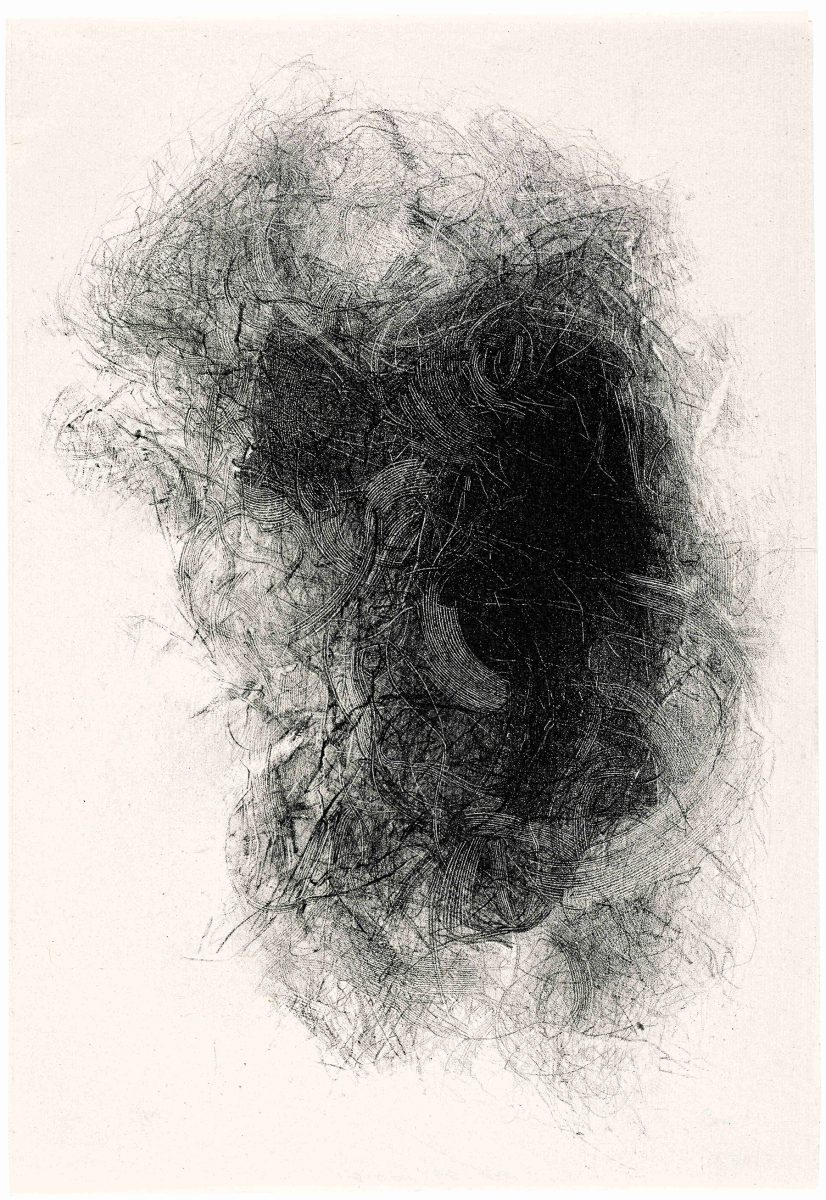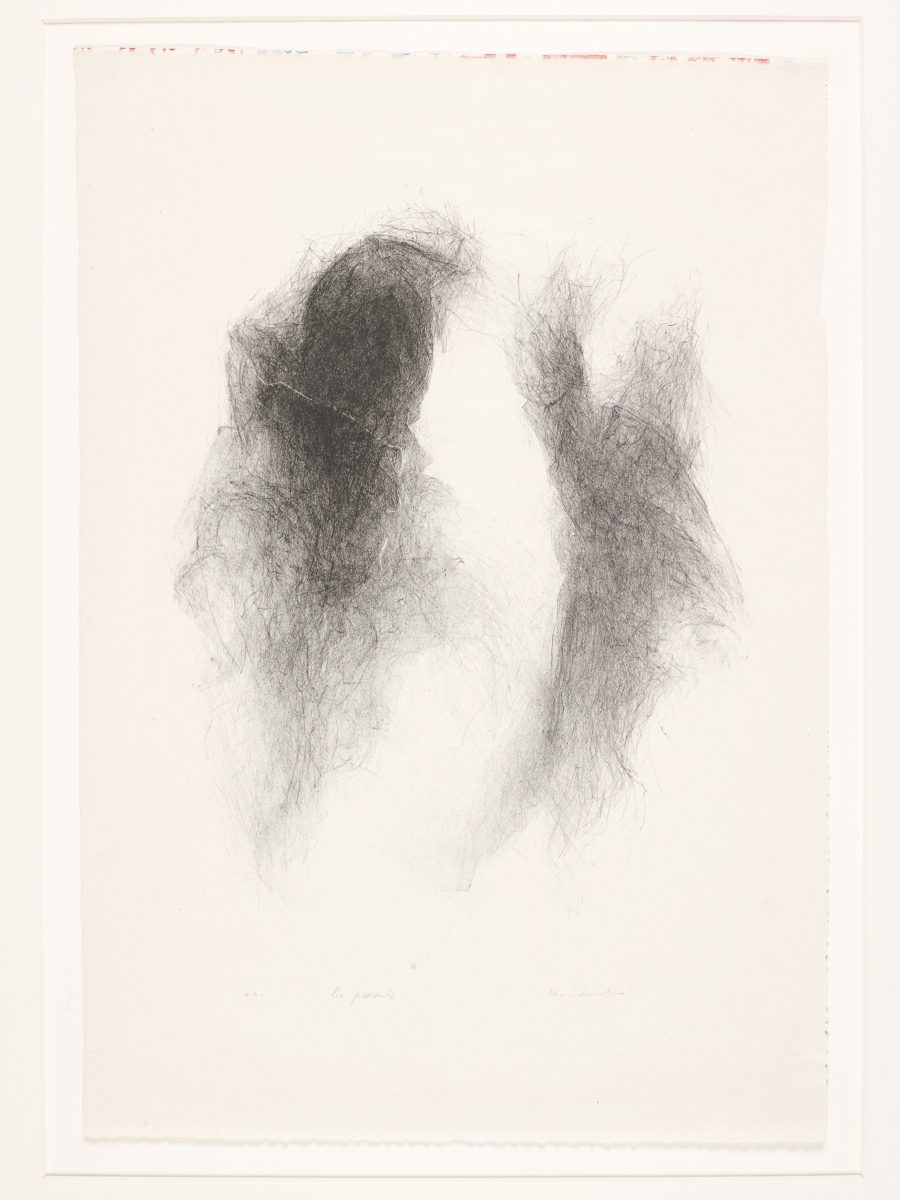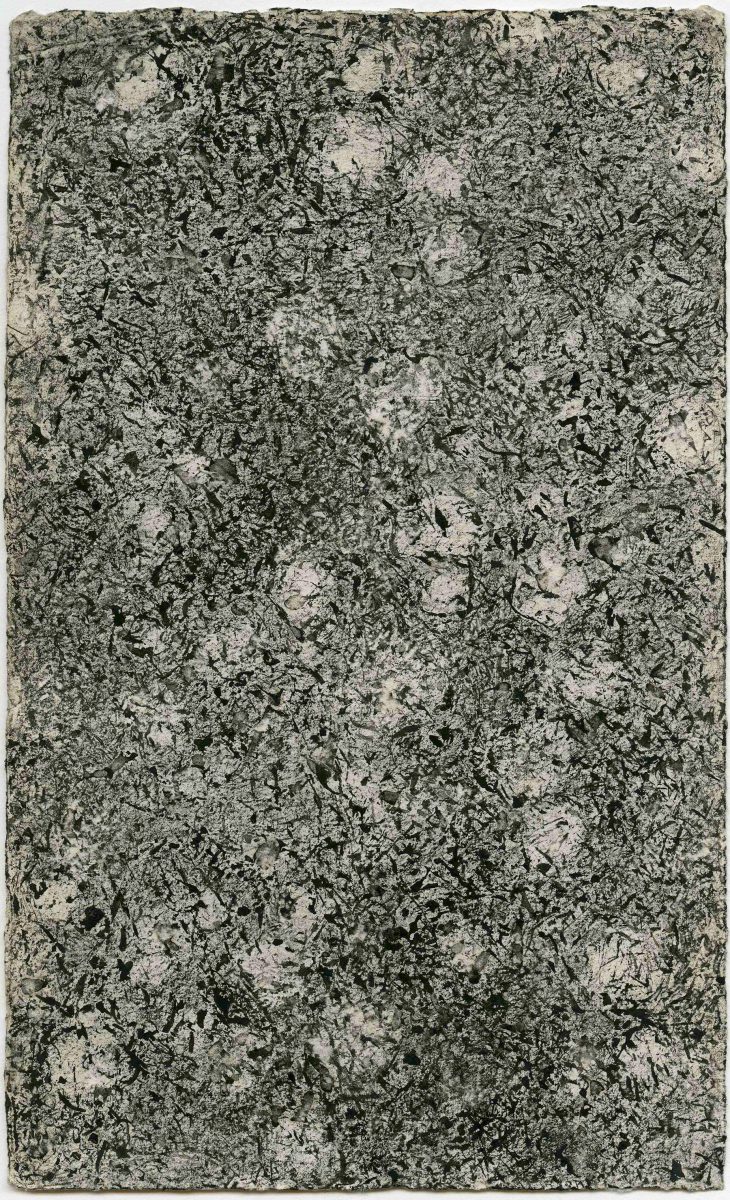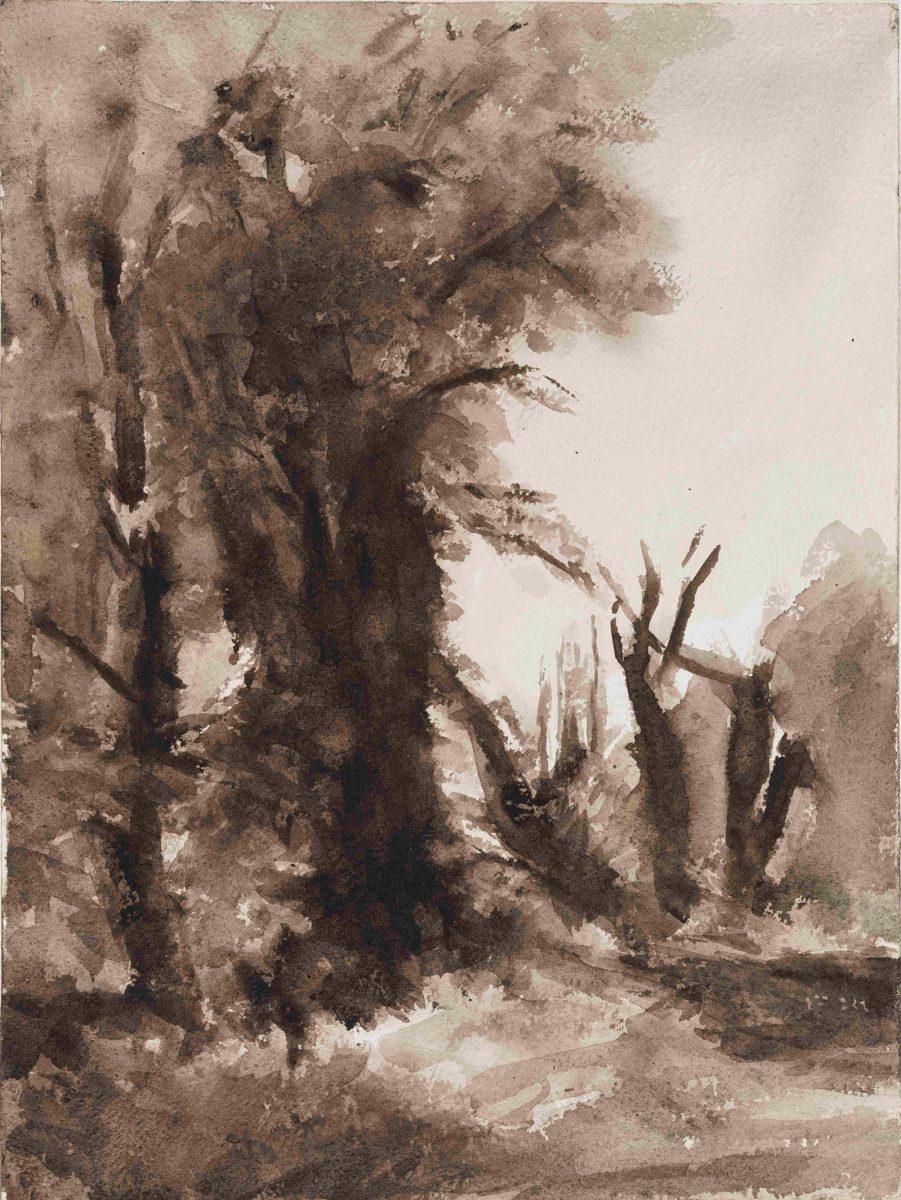Returning to Switzerland in 1971 after six fruitful years in Ireland, Edmond Quinche became the official lithographer at the Atelier de Saint-Prex. In this role, he befriended many of the artists working there, including Pierre Tal Coat, Jean Lecoultre and Albert Chavaz. Alongside his master Albert-Edgar Yersin and Pietro Sarto, he was among those whose total commitment to the art of printmaking led to the creation of the Fondation William Cuendet & Atelier de Saint-Prex in 1977, and to the institution of the first Cabinet des estampes at the Musée de l'Élysée in 1979. Quinche’s lithographs and drawings preserved in the collections (of which there are more than 450) initially came from the Atelier's "legal deposit," and then from a series of donations. The substantial bequest offered in 2022 by Quinche’s friends, Christian Berton, Rose-Marie and Claudine Huguet, is among these important gifts. A film was recently produced of Quinche in interview with Philippe Ungar.
Painter-lithographer Edmond Quinche was born in Zurich in 1942. He grew up in Aargau until he was nine, when his family moved to the north of the canton of Vaud. Despite his father's initial reluctance, the young Edmond Quinche, who eagerly drew landscapes of the surrounding countryside, entered the École des Beaux-Arts in Lausanne, where his teachers included the painter Jacques Berger and the engraver Albert-Edgar Yersin. At the Beaux-Arts, Quinche developed a passion for lithography, the printing technique closest to drawing. After completing his art studies, Quinche and his wife moved to the south coast of Ireland in 1965, where they lived in a former coastguard cottage. This stay in Ireland, which lasted six years, shaped his aesthetic and left a lasting imprint on his work. During these years spent abroad, Quinche kept in touch with other former students of Yersin, including Pietro Sarto, and took part in the adventure that gave rise in 1968 to the Atelier de taille-douce et de lithographie de Villette, which became the Atelier de Saint-Prex in 1971. While Quinche worked for others, always attentive to their needs, he also maintained a vibrant personal practice, constantly experimenting with the possibilities of lithography and continuing to develop his drawing and painting. Since moving in 1971 to Baulmes, at the foot of the Jura mountains, where he still lives and works, Quinche has built up a unique oeuvre on the outskirts of artistic fashion, one that is striking for its high standards and total lack of compromise. Quinche's landscape paintings put him in dialogue with great masters like Poussin, Claude Gellée, Constable, and Corot. And even when his compositions become more evanescent, more difficult to read as a represented reality, Quinche categorically refutes the idea of abstraction, insisting on the fundamental role that nature plays in his creative process.




